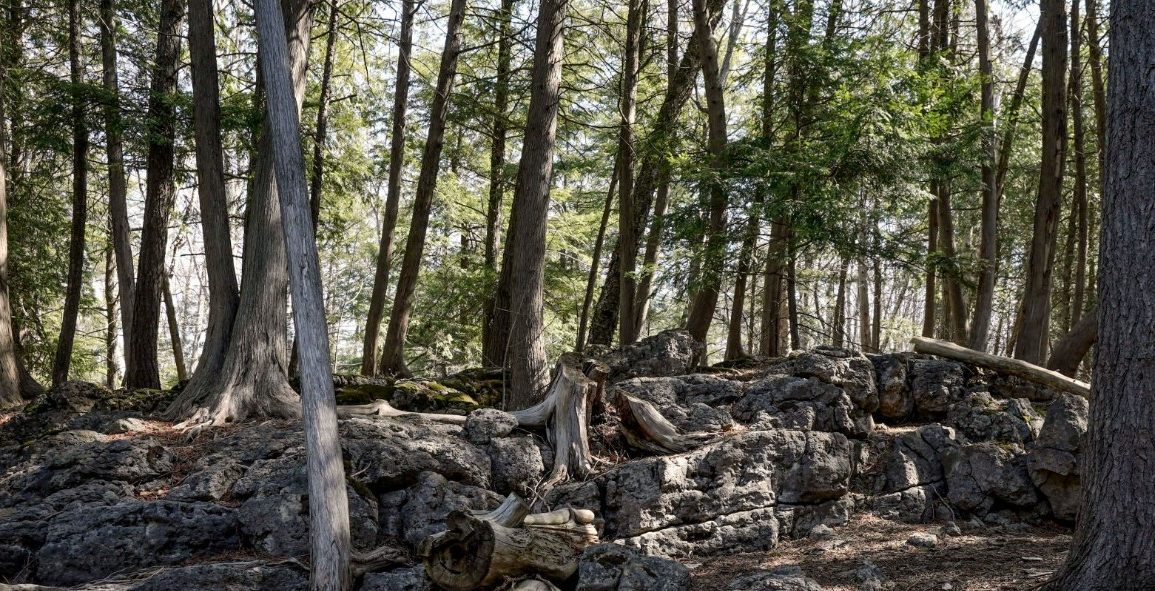Karst landscapes, which cover nearly one-sixth of Earth’s land surface, are stunning and ecologically vital terrains characterized by caves and bedrock towers carved by water over millennia.
Despite their significance, determining when these landscapes formed has long been challenging for scientists.
A new study published in Science Advances reveals a breakthrough method to date karst formations accurately.
Traditional approaches involved estimating the age by dating material found above and below the karst surface, often leading to imprecise results.
However, researchers have developed a technique using (U/Th)-He geochronology, which measures helium production from the decay of uranium and thorium in iron-rich nodules formed alongside the karst.

By applying this method, scientists dated iron nodules from the Pinnacles Desert in Western Australia, a site renowned for its towering limestone formations.
The results indicated that these nodules—and by extension, the karst landscape—are approximately 100,000 years old, coinciding with intense rainfall that significantly shaped the region.
This new ability to precisely date karst landscapes offers valuable insights into Earth’s climatic history.
Understanding how climate conditions created and influenced these landscapes helps us grasp how ecosystems evolved in response to environmental changes.
As modern climate change accelerates, learning from past climatic shifts is crucial for predicting and mitigating future impacts.
By decoding the environmental history embedded in karst formations, we gain a clearer picture of how today’s landscapes and ecosystems might adapt to ongoing climate transformations.
